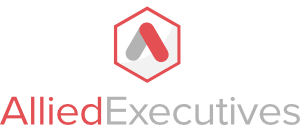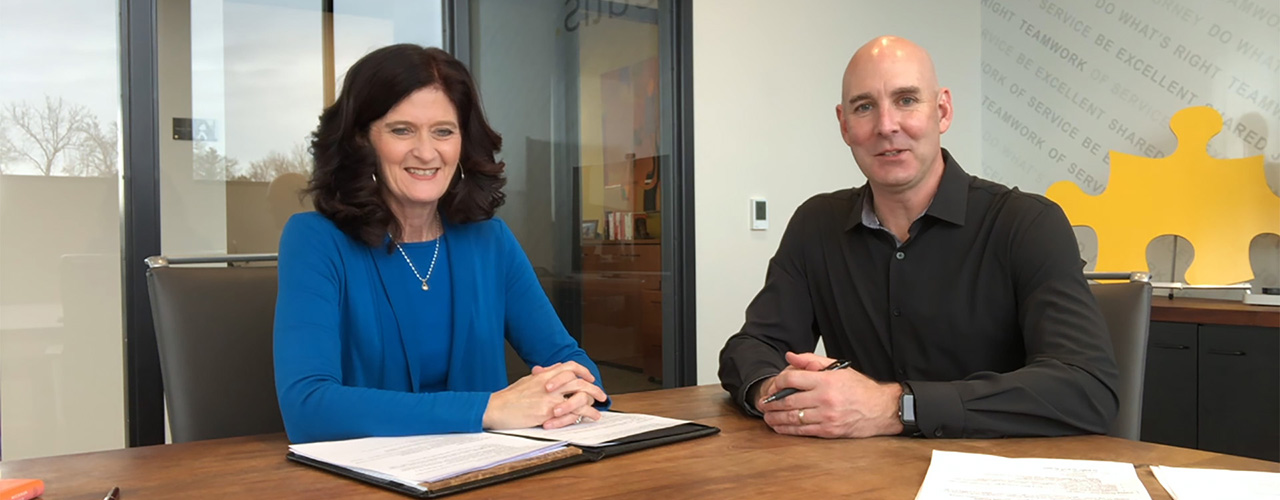Lessons Learned Along the Way with Kathy Hollenhorst of Creatis
I recently sat down with Kathy Hollenhorst, President of Creatis (www.creatis.com), and a member of Allied Executives for over two years.
Before taking on her role at Creatis, Kathy spent 19+ years in various executive leadership roles including at Carlson Companies and Caribou Coffee.
In our conversation, Kathy shared several different lessons learned that you might find valuable reminders or learnings to apply in your journey.
Lesson #1: Adjusting from the Corporate to an Entrepreneurial Mindset
You can take the girl out of the corporate, but you can't take the corporate out of the girl. Moving from a marketing functional lead position to the President of a company, many things are different:
- The bias for action – In a Corporate setting, you plan then you do. In a small business, I have found that you take action, adjust, and then you may have the plan. You undoubtedly move much faster.
- There is no air cover – In the corporate world, teams are more substantial. If you have one person that departs, you have another person that can step in and take up the slack. In a smaller, more-lean business, you need to build a bench with qualified individuals that can step into your critical roles before someone leaves. Attrition in a small business can set you back months.
- 80% is good enough – In a small business, your risk is generally lower, and you can adapt quickly. So, take action, see if it works, and adjust if necessary. You don't need a 5-year plan to make sure it's going to work.
Lesson #2: Tempering My High “D”
The DISC Assessment is a behavior assessment tool used to determine personality traits. DISC stands for Dominance, Influence, Steadiness, and Conscientiousness. I am an off-the-chart "D" and an off-the-chart "I."
What this means is that I am a highly competitive, achievement-oriented, and tasks-driven person who leverages relationships well. I don't like to follow the rules set by others or excessive detail. I have a high level of intensity. That intensity served me well in a corporate environment
But, at Creatis, we aren't as intense as a corporate environment. I needed to learn how to bring down the heat to build more successful relationships and get things done within our firm.
The lesson is to know yourself to lead yourself.
Lesson #3: Put People First, Tasks Second
I am task-oriented, fast-moving, and I like to get things done. I tend to leave people in my wake, so I needed to learn how to pause. Three tools help me do just that:
- Lean In – Lean in and watch your body language. They filmed me, and I got to see what I looked like when listening and what my body language was.
- Watch your facial expressions – What your face is conveying may not be what you intend others to perceive. For example, when I am listening intently, I tend to close my face down, and my lips get very thin. Being aware of this helps me not do that.
- OPPOV (Other Persons Point of View) – When you build a relationship, I want to understand what you are rewarded for, motivated by, and fearful of. I ask this in one-on-one conversations - or with teams - which helps me pause and understand where an individual is coming from. What is in my control is to adjust how I behave, which will build a successful relationship and get a better outcome.
Lesson #4: Be A Human Being vs. A Human Doing
I am always on the go, and I pride myself that I can multitask. However, what brought me success in my early career (hustle), began to hurt my work relationships as I stepped into executive-leadership roles.
If you tend to be a "human doing," it's essential to stop, pause, and listen to the people around us.
Lesson #5: The Privilege of Being President
A leader without followers is just out for a walk by herself.
Regardless of what level you are in an organization, you need to continue to work on your skills and ability to be a good team member and leader.
A couple of essential tools to do that are:
- Listen more than you speak – Hard to do, but necessary.
- Use echoing – repeat back what you heard - or - have the person you are talking with repeat again what they heard, so everyone is clear on the direction you are going.
Lesson #6: Need. Think. Do.
Because I am highly motivated and like to get things done, I tend to get involved in the work of my teams and not allow them to do what they do best. I need not do that.
As a result, we created - Need. Think, Do. When others bring an issue forward, I start by asking:
- What do you "NEED" from me? Do you need me to make a decision? Do you want me just to listen?
- Then I ask what are they “THINKING”?
- Lastly, what are they going to "DO"?
By approaching everything this way, we have more clarity on expectations, I have a lot less tactical work, and it reinforces the trust I have in the people that work with me. One caveat, however. Don't walk away because someone else is doing the work. Be available to help where needed. Abdication can be dangerous.
Lesson #7: Go with Grace – Lessons from Transition
I've had the privilege and opportunity to pursue new opportunities three different times. As a result, I enjoy helping people during their transitions and sharing what I have learned. Things to think about:
- What you do is not who you are as a person. It can be hard to remember that because it's an emotional time when you are in transition.
- Finding a job is a JOB!
- Build your network before you need it. People want to help; leverage the relationships you have.
- Help others help you. Be clear about the journey you are on. Tell them how they can help and with whom you want to connect.
Be ready to discuss:
- What you want to do. Describe your ideal job.
- The industries you are targeting.
- What companies most interested you.
Lesson #8: Love/Hate Relationship with EOS
We have been using the EOS system for 8 years and self-implement today.
What I love about EOS is it's a system to help us run the business. It helps us focus, drive accountability, and have essential business conversations in a trusting way.
It's the best system I've seen that enables you to manage around "Minnesota Nice."
However, when our team gets consumed with doing the EOS process perfectly, we lose the effectiveness of it just helping us run the business.
The bottom line - apply the tools and adapt them to ways that make sense in your organization and ensure you have enough of the purity to make the system work effectively.
Lesson #9: Three Tips for Young Female Leaders (in the times of #MeToo)
I have tremendous empathy for anyone that has experienced discrimination - of any kind, for any reason.
I was told early on in my career that I don't play fair because I behave like a guy. I think that just means I have an assertive personality.
My three tips for young female leaders:
- Look for a successful leader and watch and listen. Follow their lead.
- Find an ally who will help you with your career in the organization. Be open to their feedback.
- Focus on what is in your control, and don't worry about the stuff that isn't.
- Be willing to use your voice and ask for what you want.
Lesson #10: Don’t Take the Monkey
Years ago, I read, " The One-Minute Manager Meets the Monkey" by Ken Blanchard. The book is about delegation, which is an ongoing challenge for me.
I have a stuffed monkey to remind me not to take on other people's work or challenges and solve them for them. It can be very unempowering for them and an extra burden for me.
Keep the issues or work in the right spot; be there to help and collaborate as a team member, but don't take their "monkey."


